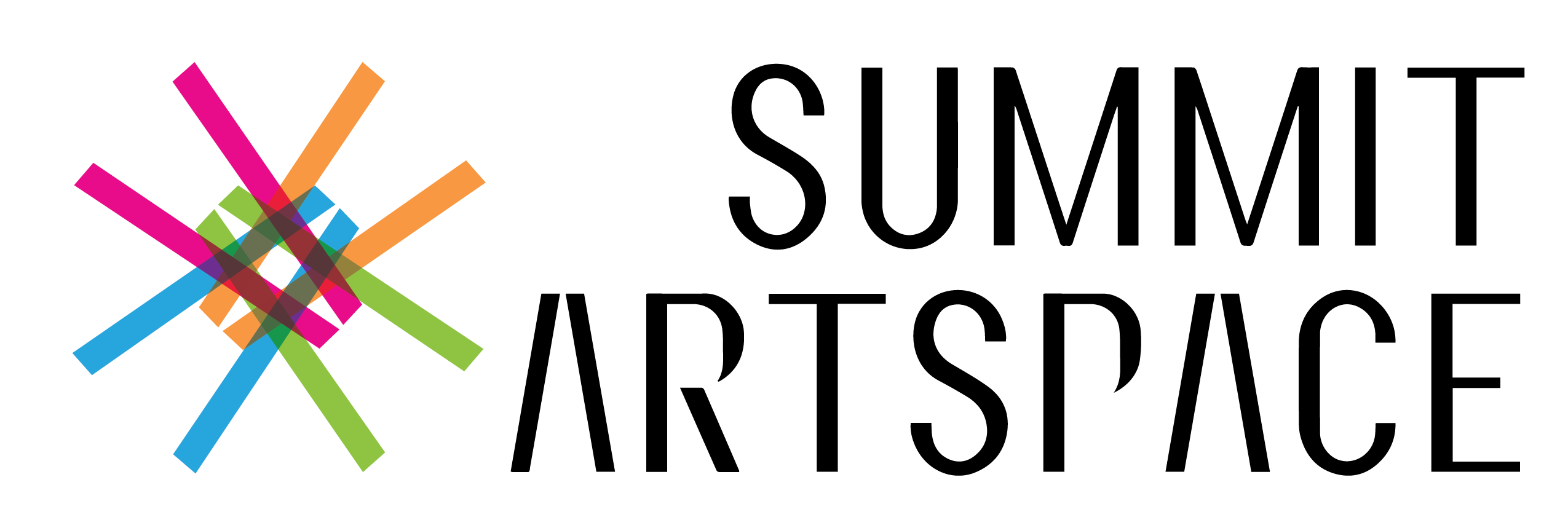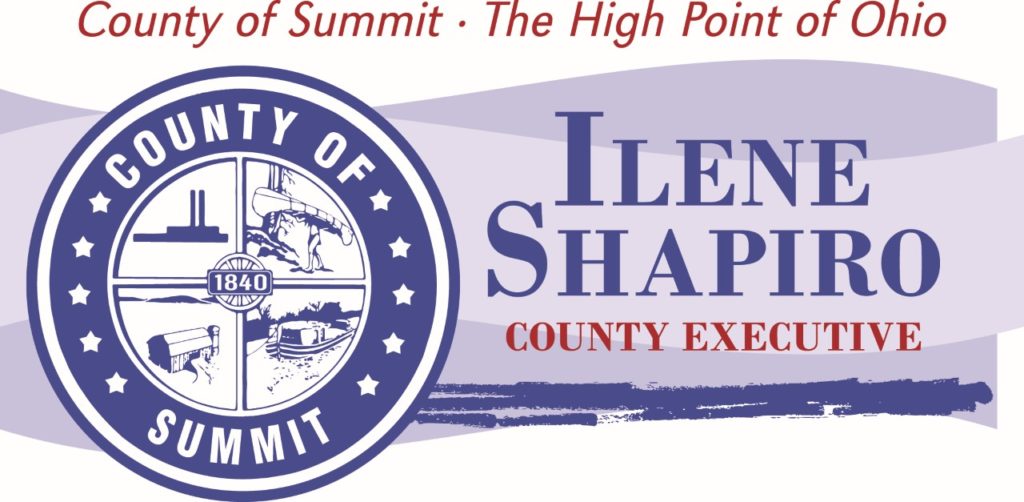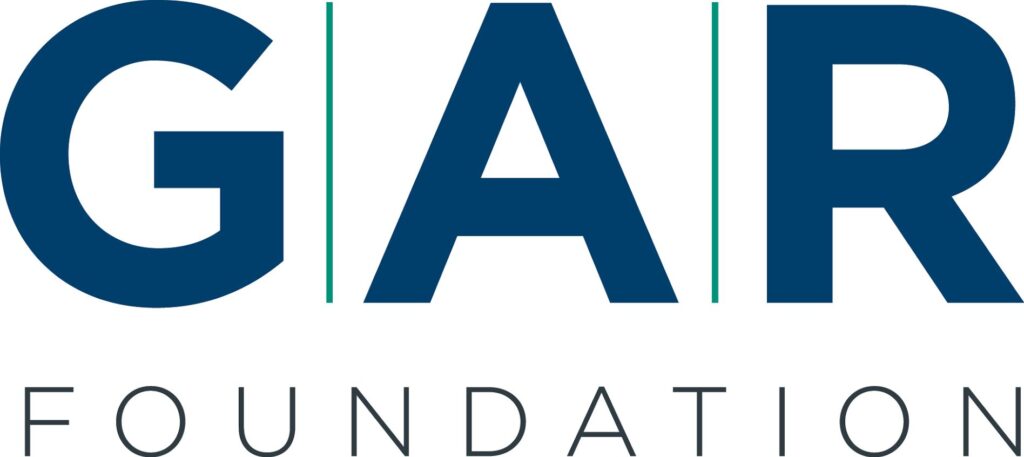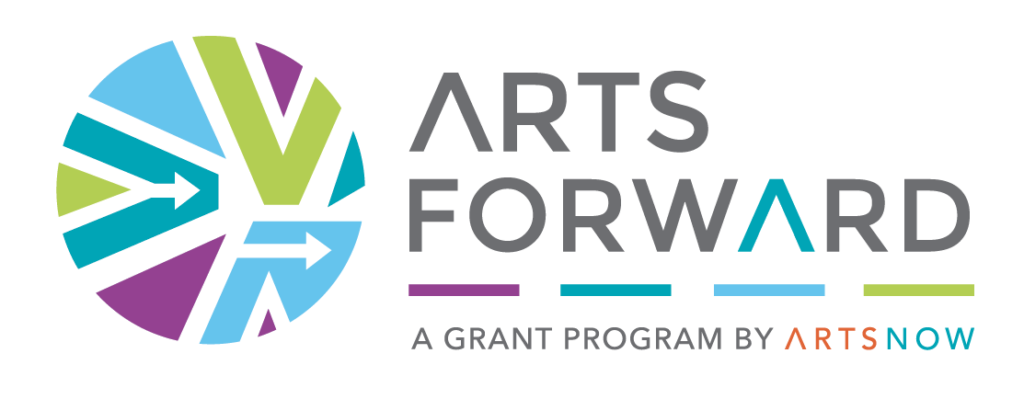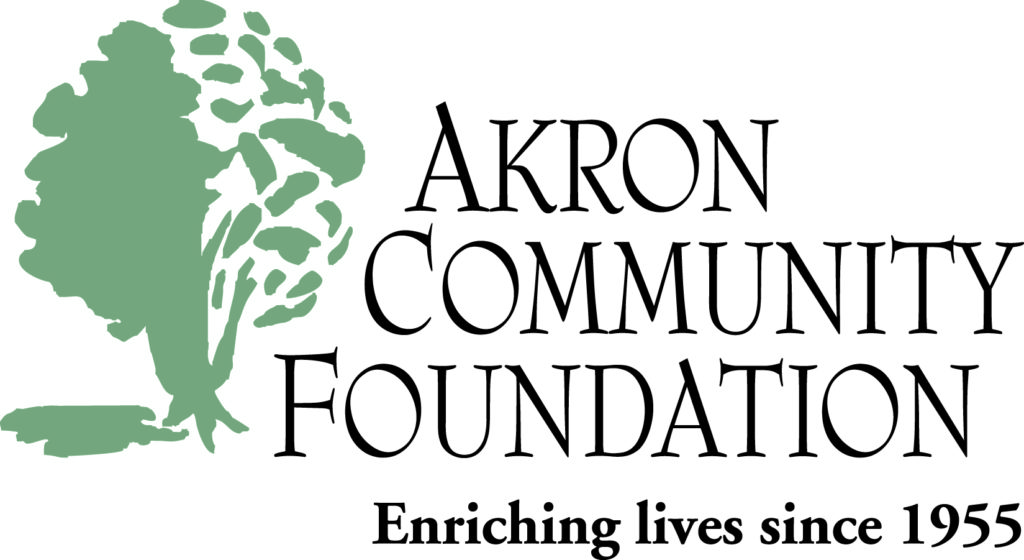
Unnatural Fibers | Group Exhibition
2nd Floor Gallery
This group of local artists—Trey D. Gehring, Erin Miller, Priscilla Roggenkamp, Allison Hope Smith, and Stephen Tornero—are rooted in the traditions of fiber arts while pushing the boundaries of these practiced techniques by utilizing technology and nontraditional materials.
Fiber Arts have a tradition of making objects that are useful and decorative. Often these are judged through a utilitarian lens that denies them their artistic value. While some artists appropriate fiber processes as a multi-disciplinary mode of making, I am more interested in artists who are rooted in the traditions of fiber arts, including weaving, knitting, rug making, felt-making, etc., and who are pushing the boundaries of these practiced techniques.
This exhibition of fiber artworks from artists in northeast Ohio fits this theme of pushing beyond tradition. Myself and other fiber artists I know personally and follow online are experimenting with the idea of how fibers can incorporate traditional materials and techniques to make work that is challenging and contemporary. Using modern technology such as computerized weaving and knitting machines, and developments in synthetic fibers and dyes we are able to create new and exciting artworks and art objects. These creations are informed by the techniques and traditions of the past, but push forward into a new future of contemporary art that includes fibers and textiles with parity.
-Stephen Tornero
Special thanks to Bradley Hart, Summit Artspace resident artist, for photography of virtual exhibitions!
If you would like to purchase any art, please visit a staff member or volunteer at the front desk, or email natalie@summitartspace.org.
About the Artists
Trey D. Gehring
The works included in Unnatural Fibers are all experimental works that serve as explorations of material and process. “Parts 1” is pieced together from handwoven samples and flawed works that had to be tossed aside and rewoven. This work is the first in a series that will reflect the theme of reconnecting with rejected parts. The piece brings together multiple weaving processes from floor loom weavings to digital jacquard. “Rooster” was designed digitally and woven on an industrial power loom. The distance of the hand in the creation of the work is echoed in the nature of the piece. It is an autostereogram (or “magic eye” as children of the 90s like myself may know them better as). With the proper viewing technique, a message appears floating in illusionary space, deeper than the surface of the fabric. Woven using a traditional floor loom, “Flocculent” is woven entirely in a type corduroy weave structure. It is an exploration of unconventional modern material interacting with tradition weaving techniques. The cut away portions of the checkerboard pattern reveals what the structure would otherwise hide. Weaving is just as much about deciding which yarns will not show as it is about deciding which ones will.
Trey D. Gehring uses a variety of textile techniques, combining modern production technology, with traditional methods. Of note are his highly decorative works woven on a digitally assisted jacquard loom, which exemplify this technological juxtaposition. Gehring’s works explore themes of identity, gender, masculinity, and queerness. Earning his Bachelor’s and Master’s in Fine Art degrees at Kent State University, Gehring studied closely under Janice Lessman-Moss, a pioneer in creating art with digital weaving. Gehring has shown his work nationally and internationally. He was born in Baton Rouge, Louisiana, but currently resides in Kent, OH.
Erin Miller
As a weaver I am deeply concerned with the human relationship with cloth. Humans spend a significant amount of time physically interacting with textiles, but contemporarily very little time thinking about them. Cloth is something that we know intimately with our whole bodies, but its place in our lives has become mostly an afterthought. We have developed a disconnect with the origins of one of our most basic necessities, and its value has been diminished both monetarily and personally. Before the onset of the industrial revolution cloth was still somewhat of a luxury, and even the most worn garments and linens were reused and repaired almost indefinitely. My consideration of our current experience with cloth has led me to investigate other materials that may now be considered nearly its equal in that respect. When opening a package to find a broken object and a lack of bubble wrap or packing peanuts I feel significantly more connected to those materials at that moment than I do when an object arrives safely. In that case, the packing material has served its purpose and is tossed away in favor of the object it protected. By rendering these materials in cloth I am acting to reconsider how I value them and how we value both.
Instagram: @erin.r.miller
Priscilla Roggenkamp
These works are part of a series of works called Wait Here. They illuminate aspects of immigration, migration and the human toll of waiting in limbo in immigration systems worldwide. The hanging works allude to humans as baggage left hanging during these challenging times. The Immigration Quilt tells the story of those who wait in certain facilities and suggests the conditions there. Each work has a number tag showing the reduction of person to number. Each work has a key, the symbol of homes that have been lost and new homes that lie ahead.
Instagram: @priscilla.roggenkamp
Priscilla Roggenkamp is an associate professor of art at Ashland University. She maintains an art studio in downtown Alliance. Her works, including textile sculptures, prints and drawings, have been exhibition nationally and internationally. Her textiles sculptures explore aspects of the things we carry in life. She was the recipient of the Ohio Arts Council Individual Excellence Award FY2021.
Allison Hope Smith
Allison Hope Smith is an artist and arts administrator, specializing in exhibitions, project management, and social media. She is a double alumnus of Kent State University, holding a B.F.A. (2014) and M.F.A. (2018) in studio art with a concentration in textiles. In addition to being the Project Manager for FRONT International: Cleveland Triennial for Contemporary Art, Smith also manages Transformer Station, a contemporary art museum in Ohio City, coordinating exhibitions, managing the collection, serving as an artist liaison, and developing social media content. Smith previously served as the Graduate Assistant to the Director of the Kent State University School of Art Collection & Galleries, as an art instructor at 4Cats Arts Studio and the Artful Living & Learning Program, and as a Museum Assistant at the Massillon Museum.
Instagram: @alli.hope
Stephen Tornero
During the past two years, It has become more apparent and imperative that I make my art a bigger part of my life. I decided that it was finally time to branch out on my own and build my own studio. In doing so I have become more deeply connected to the process of creating my work and the materials from which it is made. I am making conscious decisions to create with materials that are local, and figuring out how to make beautiful things out of fiber that is just outside my door. I enjoy dyeing these natural yarns with loud, neon, artificial colors that seem to vibrate within the fibers. In some pieces I use them to create shapes by stacking lines of color, and in other pieces the neon colors art part of a textured surface. I am interested in the process of something organic changing from dull, ignorable white to a powerful splash of color.
Instagram: @stephenweaves207
Twitter: @stephenweaves
Facebook: stephenweaves
See the Summit Artspace exhibit schedule for show details.
Have questions? Here is our Frequently Asked Questions page.
